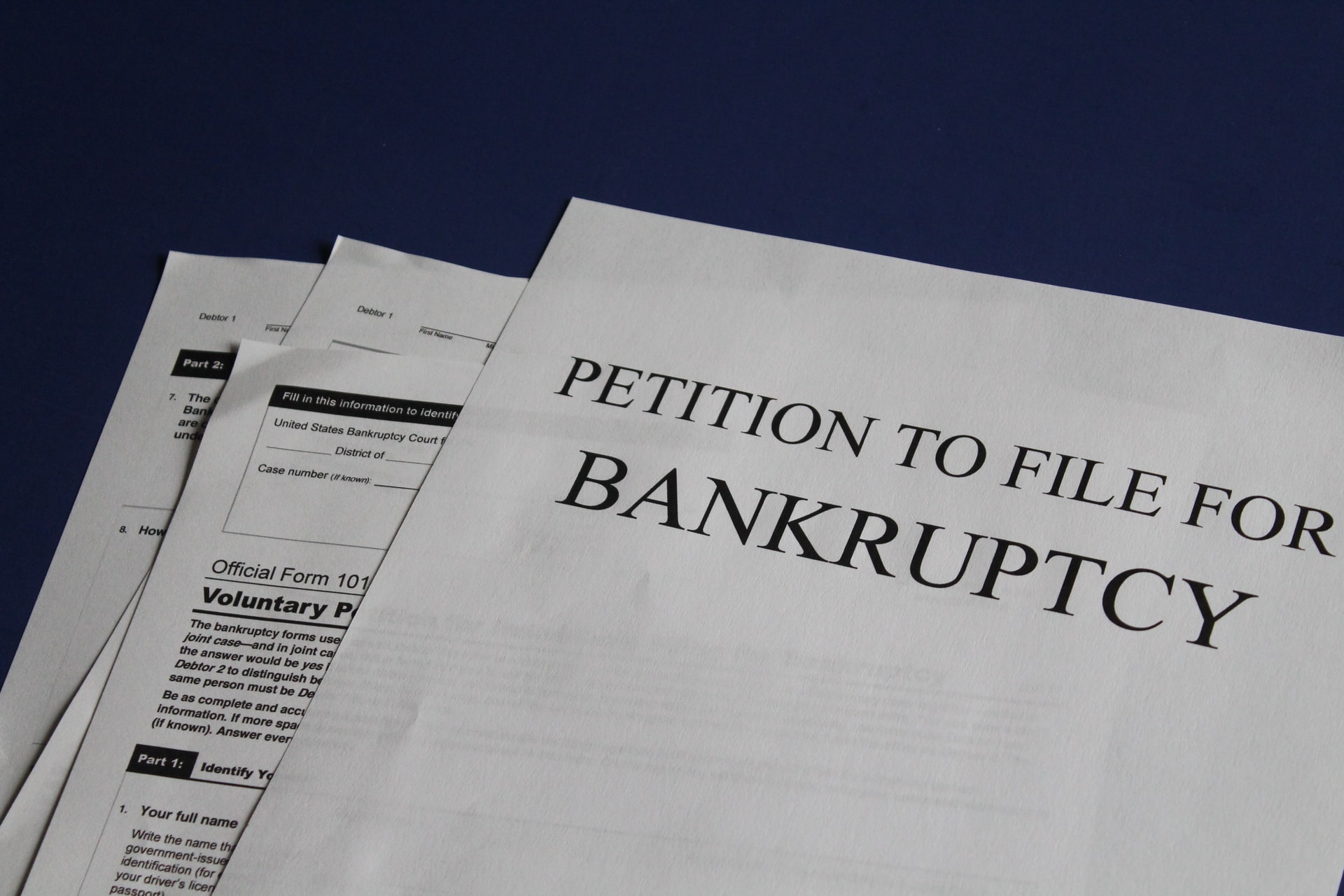Filing for bankruptcy is something that people hope to avoid in life. There are times, though, when our respective financial burdens or debts become so massive that bankruptcy is something that needs to be considered. At its core, bankruptcy is a process that people or entities like businesses who can’t pay back their debts to creditors will have to go through. They will go through this process to seek relief from all of their debts when things have gotten to the point where repayment is beyond their ability.
Bankruptcies are issued by courts and are, in most cases, handled by the debtor. In 2019, in the United States, approximately less than 1 percent of households actually filed for bankruptcy. In total, there were 752,160 bankruptcy filings last year. After going through bankruptcy, there is a light at the end of the tunnel. A financial weight has been lifted, and you are ready to move on with your life. Below are some suggestions for ways to start over after bankruptcy.
1. Collect all the paperwork pertaining to your bankruptcy case.

When you deal with any major change in your life, and there’s paperwork involved, you want to hold onto it. You aren’t becoming a hoarder or pack rat by doing this. You are keeping track of all of the various ins and outs of this event, and keeping physical proof of what the process actually entailed. This is definitely true for bankruptcy-related paperwork.
Bankruptcy documents are needed because they can show the progress of the process itself, your cooperation with the process, and how things were finalized or taken care of. You’ll want to keep such documents as your email correspondence with your TCPA attorney, your bankruptcy petition, your notice of bankruptcy filing with the court, and a copy of your discharge order entered by your bankruptcy judge. Other documents that you will want to collect include your credit counseling and education certificates and copies of motions and orders filed for your case.
Post bankruptcy, lenders which you’ll deal with want to see copies of your bankruptcy-related documents before approving you for new credit. Though lenders can easily receive these documents through the bankruptcy courts, it helps to have the information readily available for those potential lenders, for example, mortgage loan providers. Also, in case another creditor comes calling to collect on an old debt, you can show proof of bankruptcy to them.
2. Think about creating an emergency fund.
One way to avoid possibly having to go through the bankruptcy process again is to create an emergency fund. This will allow you to save money in case you go into debt again. Once you see that your budget is under control, start to set aside a little bit of money every so often from your paycheck. In less than a month you may actually be able to begin to start saving for an emergency fund.
In case you pick up a side hustle or gig, you can also place this extra money into your emergency fund. In addition to helping you stave off a potential debt crunch, an emergency fund can help you to create a retirement fund or even save for college tuition. Say you want to head back to school and register for that Automotive and Diesel Technology program you’ve had your eye on. Saving money in an emergency fund can help you to save towards doing just that while helping you with your post-bankruptcy financial situation.
3. Start a new budget and review it often.

Budgeting is crucial for keeping away from future economic issues when you come out of bankruptcy. When you budget for your household, you are keeping your money focused in such a way that you know where your money is going in a fine-tuned manner. When you budget, you know exactly how much money you have for certain things. This can help you not to spend beyond your means, while also helping you to save money in the long run.
There’s a common perception that people who spend beyond their means are primarily the ones who wind up filing for bankruptcy. This is far from the truth. Most people who wind up filing for bankruptcy are people who have suffered job losses, unanticipated medical expenses, and family changes (birth, death, divorce, and the like). These are people who may not have been able to budget because of the daily economic stressors that life brings. The best advice to follow is after going through bankruptcy it might be a good idea to look into budgeting to help save money in the long run.
As you budget, you’ll begin to realize what’s important and not important for your household. You’ll determine where your money would be best placed, which can also help you to save money. Maybe looking at a business suit for a job interview, rather than an “out on the town” outfit from Chico’s Off the Rack like a nice skirt with a well-pressed blouse and blazer would be best to factor into your house budget. Household budgeting is a good way to help start over again after going through a bankruptcy.
4. Obtain a low limit credit card.

After going through bankruptcy you can still apply for credit cards. Don’t think that you’ll be immediately turned down or turned away when you start to look at applying for unsecured credit cards. It’s actually recommended that you look into obtaining a low limit credit card, to begin building your credit back up.
This is a good way to show that post-bankruptcy you can be successful with handling credit, and can avoid falling into even more debt. The thing to also realize is that there are ways to have your low limit credit card help you to build your credit standing even further. Say you’re wanting to learn more about how to grow an essential oil business or even how to start a career in health and wellness in the hopes of moving into a new career.
With the use of a new credit card, you can buy the reading or study materials needed to learn more about these respective career paths. Once you’ve started working in either field, after a small investment with the help of a new credit card, these jobs can help you to save money. Saving money can help you to avoid falling into debt once again. Don’t be deterred from getting a credit card post-bankruptcy. A low limit credit card can help you with starting over after bankruptcy.
5. Breathe again.
You’ve jumped the largest hurdle: you’ve overcome bankruptcy. Take a moment to breathe and reassess things. You are in a position where you can spend again (within reason), and can also save. You have a chance to wipe your slate clean and come out of the other side of bankruptcy mentally stronger. Take this opportunity to reassess your life and move forward towards a more financially secure future.
